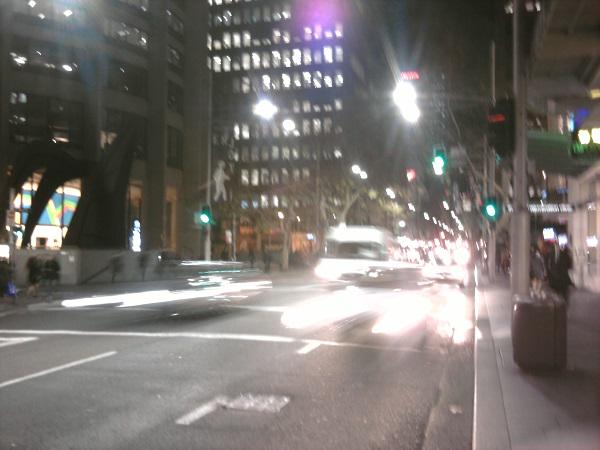XIX - John Gorton
When Harold Holt went missing, it was presumed that the Liberal deputy leader William McMahon would naturally fill the top spot. Objections came from the Deputy Prime Minister and leader of the Country Party John McEwen, that if McMahon was to become the new PM, then the Country Party might reconsider the coalition altogether.
In the interim John McEwen was installed as the PM and for 22 days the Liberal Party thrashed about trying to find a logical successor. In the party room ballot, the Minister for the Army Malcolm Fraser and the chief Liberal Party whip Dudley Erwin, threw their support behind John Gorton who at that stage was a Senator for the state of Victoria.
Thus, John Gorton is the only Prime Minister to have ever served in the Senate and the only Prime Minister to been sitting in the Senate.
As the position of Prime Minister is not even contained within the constitution and exists only because of tradition within the Westminster system of government, that same tradition holds that the Prime Minister be a sitting member of the lower house, even though there is no need for that to be the case. Gorton remained a Senator until the by-election in Holt's vacated seat of Higgins, which he won easily.
Having inherited involvement in the Vietnam War from his predecessors, Gorton found his government in an increasingly unpopular position. With firstly Allen Fairhall and then Malcolm Fraser as Defence Minister, Gorton sought to change the focus of Australia's viewpoint from Britain and closer to that of the United States. Even so, the Liberal/Country coalition lost 16 seats at the 1969 election, which left it sitting on a slender majority of just seven seats from a previous majority of forty-one.
During the election campaign, Gorton promised to end the Federal Government's take of ground rent from the residents of the ACT. All land in the ACT is subject to a 99 year leasehold arrangement. He made good on his promise and even though only peppercorn amounts were being extraced, the equity transfer might have been as much as $100 million.
Gorton's tenure as Prime Minister was always subject to the condfidence of certain factions and after Country Party leader John McEwen, retired from parliament in January 1971, his objections no longer applied.
Also in January 1971, Malcolm Fraser resigned as Defence Minister and the Country Party's new leader Doug Anthony swung his support behind John McEwen. In March of 1971, the Liberal Party held a leadership ballot which ran three ways between John Gorton, the Minister for Education and Science David Fairbairn and John McEwen. There was a dead heat between Gorton and McEwen and under the rules of the Liberal caucus at the time, a dead heat equated to a loss of confidence and for Gorton resigned as Prime Minister.
Gorton did however contest and win the position of Deputy Leader of the Liberal Party but this was short lived as McEwen would in due time, sack him for reasons of dissent and disloyalty.
















